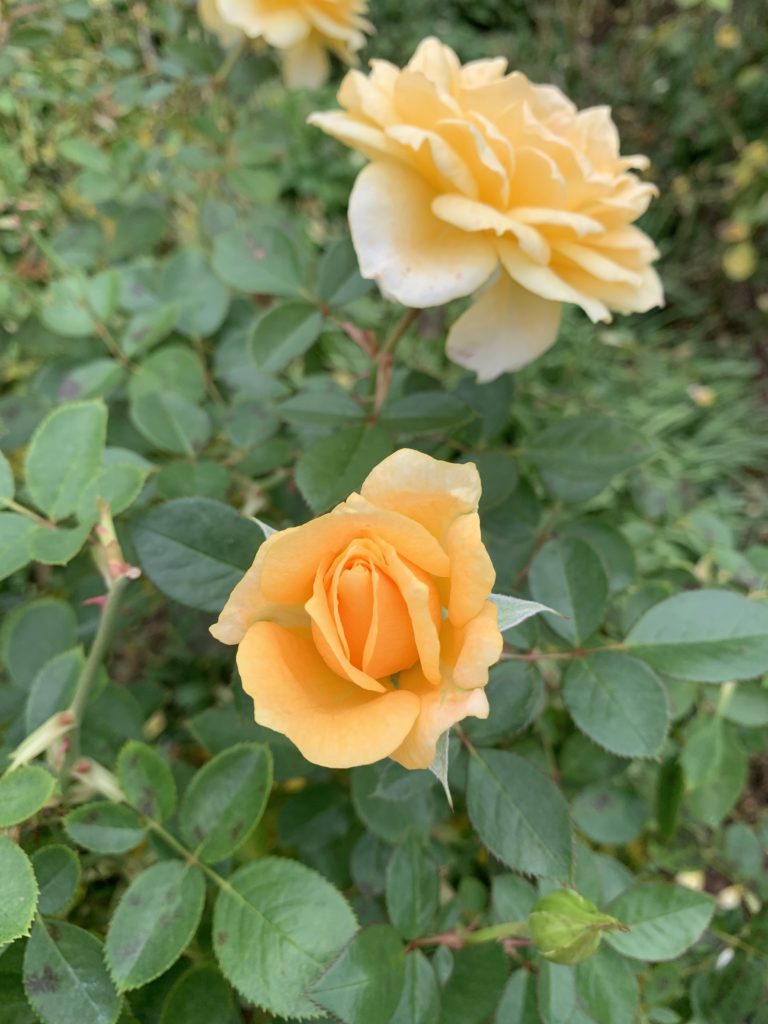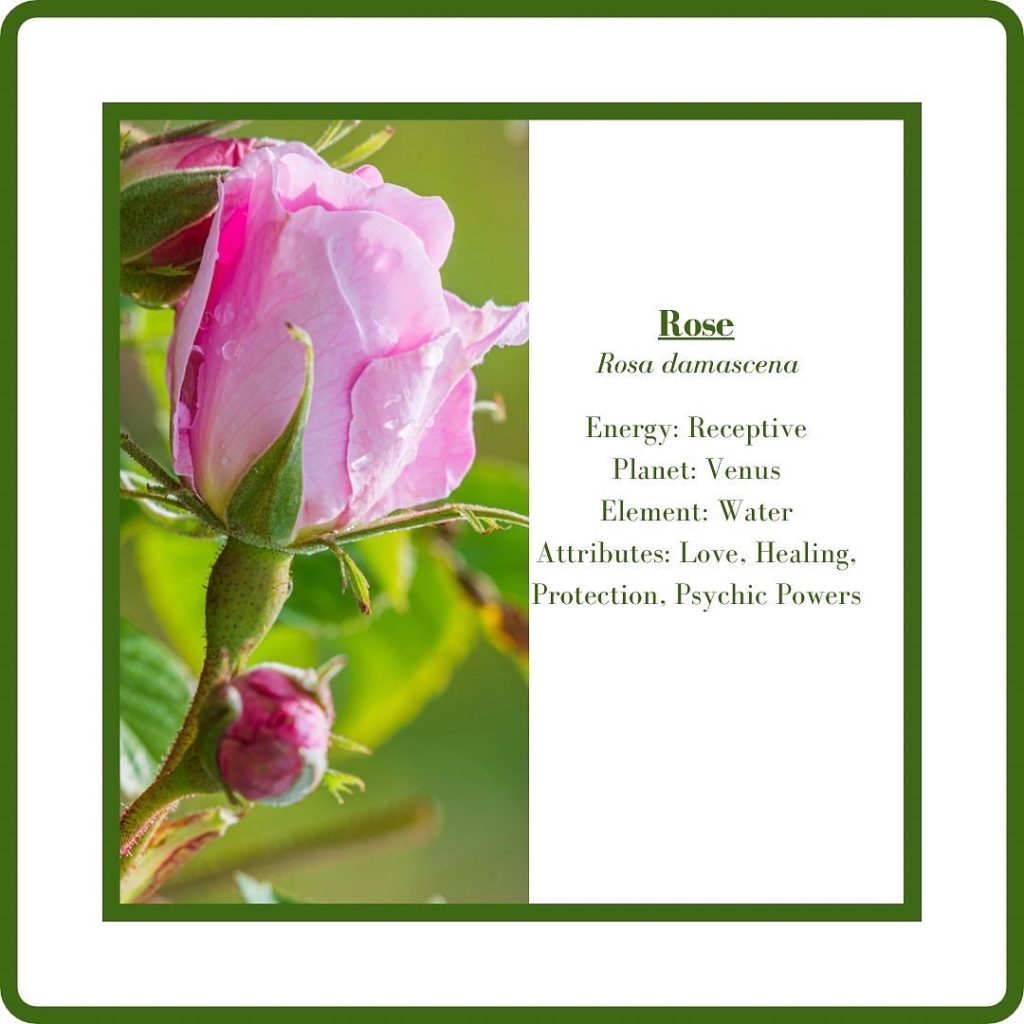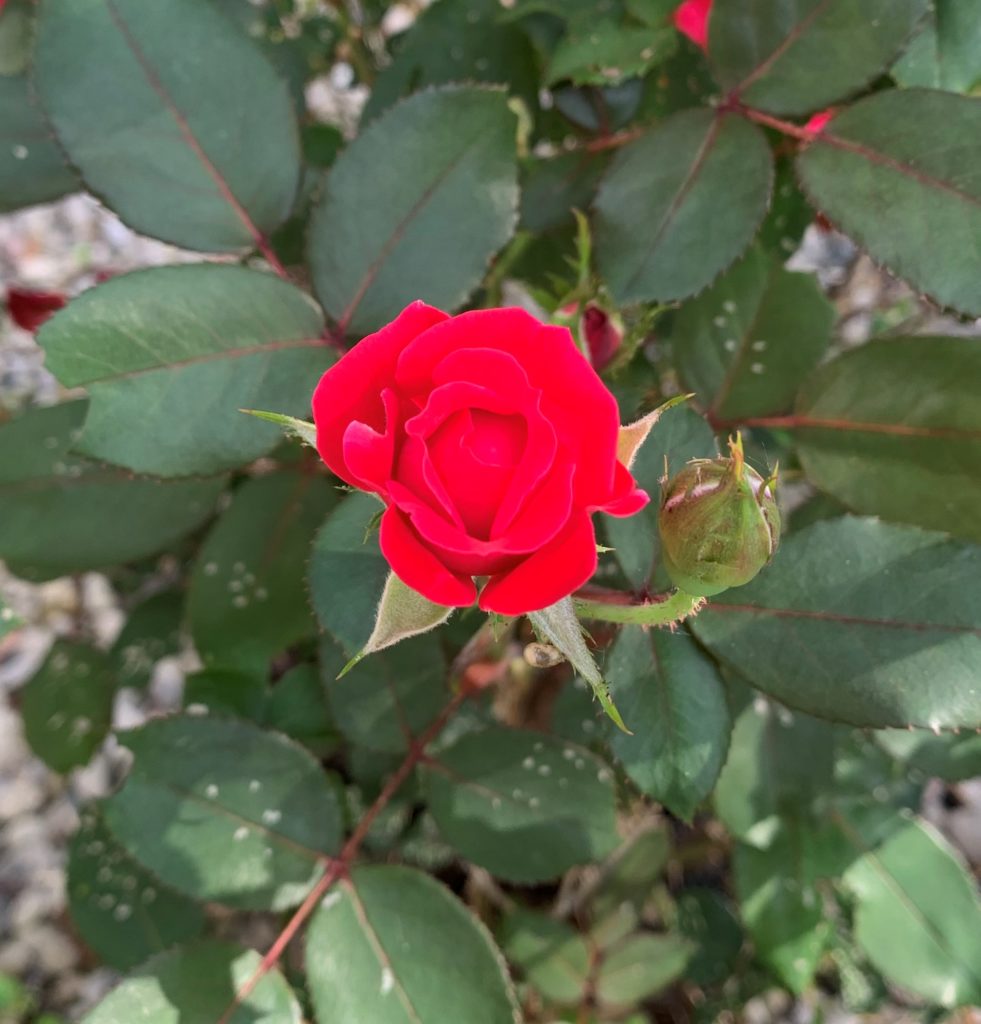
Roses have long been a staple in bringing beauty and scent into our lives. I love to add rose petals and rose hips to my tea, and rose petal jelly has a taste that you have to try to believe.
For over 3,000 years Rose has been considered the Queen of flowers. Brought to Europe from Greece, rose has a place in Greek mythology. It is said that the blood of the goddess Aphrodite stained the rose red when her foot was stuck by a thorn. Native roses have long been used by Indigenous peoples in many areas, for ornamental and medicinal purposes.
Energetically, Roses is a mood lifter and can help to mend a broken heart. They are astringent, and contain quercitrin. Quercitrin is a bio-flavonoid with anti-viral and anti-inflammatory components.
Rose is used in gargles and rinses to reduce discomfort and mouth sores. They are an ingredient in tonics for some digestive issues. Rose is not known to have any contraindications.
Rose Hips have even more benefits! The amount of Vitamin C in rose hips exceeds that found in oranges, without the sugar content. During the second World War, the British government encouraged the use of rose hip syrup as there was no access to fresh citrus. Rose Hips are also high in Vitamins A, B, E, and K, and can be used as a mild diuretic or laxative.
From a culinary perspective, Rose Hips are tart, like cranberries. Along with Rose Petals, they make excellent additions to salads, soups, and teas.

Energetically speaking, rose is receptive and connected to both the planet of Venus and the element of water.
Roses grow in many forms, from climbing and trailing varieties to a standard bush. They make an attractive accent or focal point in your garden. The fragrance can lift your mood and create a setting for peaceful interludes.

My rose bush is in full bloom and I welcome new ideas from you on how to work with the Queen of flowers!
Don’t miss a post, sign up for my email list!